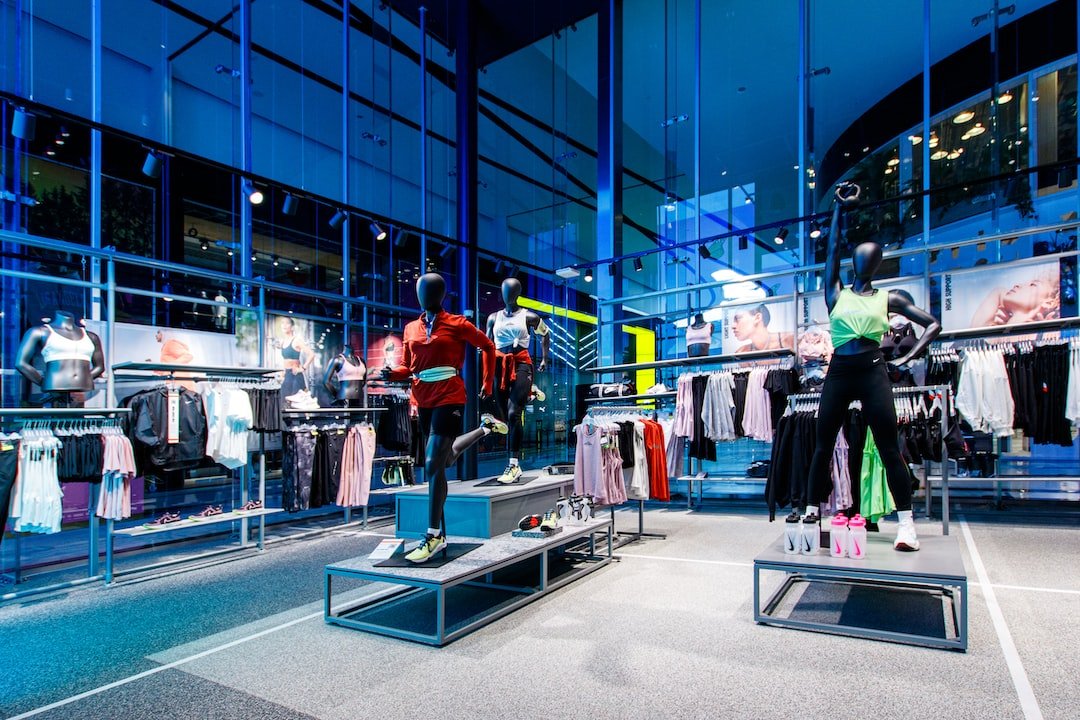Exploring Different Store Formats in Retail: Pros and Cons
In this digital age, the retail landscape is continuously evolving, and store formats play a crucial role in customers’ shopping experiences. Retailers are exploring various store formats to attract and engage with customers effectively. From traditional department stores to pop-up shops and online stores, each format has its pros and cons, and understanding them is vital for retailers to make informed decisions. Let’s delve deeper into the different store formats in retail and their advantages and disadvantages.
1. Traditional Department Stores:
Traditional department stores have been a staple in the retail industry for decades. These stores offer a wide variety of products under one roof, providing convenience to customers. One of the significant advantages of this format is the extensive product selection, which allows customers to find almost everything they need in one place. However, traditional department stores often face challenges in adapting to changing consumer preferences and the rise of e-commerce. They require substantial physical space, which can be costly, and managing inventory can be complex. Additionally, these stores may lack the personalized and tailored experience that some customers seek.
2. Specialty Stores:
Specialty stores focus on a specific category or niche, such as electronics, beauty, or home furnishings. These stores have a clear target market and can offer a more specialized and curated product selection. The advantage of specialty stores lies in their expertise and deep knowledge of a particular category. They can provide a more personalized shopping experience to customers who are passionate about that specific area. However, specialty stores may struggle to compete with larger retailers due to their limited product range. Additionally, they may face challenges in attracting a broad customer base.
3. Big-Box Stores:
Big-box stores operate on a “bulk-buying” concept, offering extensive product assortments at lower prices. These large format stores often have numerous departments, including groceries, electronics, clothing, and household items. The main advantage of big-box stores is their ability to leverage economies of scale and offer competitive pricing. They can afford to buy in large quantities, securing better deals from suppliers and passing on those savings to customers. However, big-box stores may face challenges in providing a personalized shopping experience and tailoring their offerings to specific customer needs.
4. Discount Stores:
Discount stores focus on offering products at significantly lower prices, often with limited service and convenience. They cater to customers who are price-conscious and seek bargains. Discount stores often purchase excess inventory or clearance items from other retailers, enabling them to sell these products at reduced rates. The key advantage of discount stores is their ability to attract price-sensitive customers and offer significant savings. However, they may face challenges with maintaining consistent product quality and brand reputation due to their lower price point.
5. Pop-Up Shops:
Pop-up shops are temporary retail spaces that provide a unique and limited-time shopping experience. They are often used by brands to generate buzz, launch new products, or reach customers in specific locations. Pop-up shops offer the advantage of creating a sense of urgency and exclusivity, attracting customers who are eager to experience something new. They also allow retailers to experiment with different store layouts and designs without committing to a long-term lease. However, pop-up shops require careful planning and execution, as they are temporary in nature and may not generate significant long-term profits.
6. Online Stores:
Online stores, also known as e-commerce, have become increasingly popular in recent years. Customers can browse and purchase products from the comfort of their own homes, with the convenience of doorstep delivery. The advantages of online stores include convenience, a virtually unlimited product selection, and the ability to reach customers worldwide. Online retailers also have valuable data that allows them to personalize marketing messages and recommendations. However, online stores lack the sensory experience of physical stores, and customers may face challenges in sizing, quality, or returning items. Additionally, intense competition among online retailers can make it challenging to stand out and attract customers.
In conclusion, exploring different store formats in retail is essential for retailers to cater to diverse customer needs and preferences. Each format has its own set of pros and cons, and understanding them can help retailers make informed decisions about their store strategies. From traditional department stores to online stores and pop-up shops, retailers should analyze their target market, product assortment, and competitive landscape to determine the most suitable format. By considering the pros and cons of each store format, retailers can create engaging shopping experiences that resonate with their customers.

